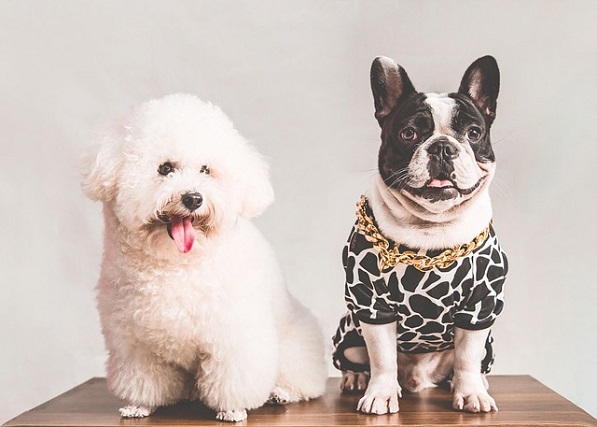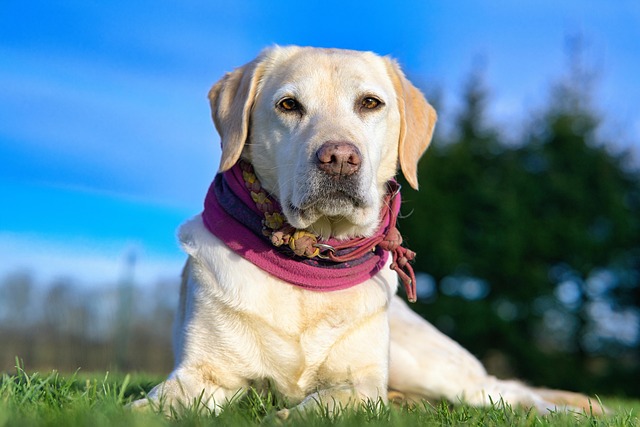Picture this: You’re sitting on your living room couch in a cozy LA apartment, watching your new puppy chew on your favorite slipper. You might be thinking, “How on earth do I train a dog at home?” Don't worry, you're not alone. New dog owners across the US, whether in the bustling streets of New York City or the quiet suburbs of Texas, often face this exact challenge. But with a little patience and the right approach, you can transform your furry friend into a well-behaved companion without ever stepping foot in a training class.
Dogs thrive on structure and clear communication. Their wild ancestors relied on a social hierarchy to survive, and modern domestic dogs still have an innate need to understand their place within their human "pack." However, this doesn't mean using force or aggression, which is not only cruel but also counterproductive. Positive reinforcement, a method based on rewarding good behavior, aligns with how dogs naturally learn. When they associate an action with something pleasant, like a treat or praise, they're more likely to repeat it. For instance, my neighbor's Golden Retriever, who used to jump on guests, learned to sit calmly at the door after consistent rewards for good behavior.
Let's start with the basics. Begin by teaching your dog their name. Hold a small, high-value treat, like a piece of chicken or cheese, say their name in a cheerful voice, and when they look at you, immediately give them the treat. Repeat this several times a day, and soon they'll perk up whenever you call. Once they respond reliably to their name, move on to commands like "sit." Hold a treat above their nose, slowly move it back, and as their bottom naturally drops to the floor, say "sit" clearly and give them the treat.

For more complex behaviors, such as housebreaking, consistency is key. Take your dog outside to the same spot frequently, especially after eating, sleeping, or playing. When they relieve themselves outside, celebrate with treats and enthusiastic praise. Indoor accidents are normal during the learning process, but never punish your dog for them. Instead, clean up the mess without a fuss and continue with the training.
As a responsible dog owner in the US, there are important legal and cultural aspects to consider. First, ensure your dog's vaccinations are up to date, as required by law in every state. This protects both your pet and the community. When walking your dog, always clean up after them. In many cities, like Seattle, failing to do so can result in fines of up to $250. If you live in an apartment, be mindful of your neighbors. Train your dog to be quiet on command to avoid noise complaints, and always keep them on a leash in common areas.
Remember, training your dog at home is a journey, not a sprint. It requires time, consistency, and lots of love. By using positive reinforcement techniques, respecting your dog's nature, and being a responsible pet owner, you'll not only have a well-trained dog but also a deeper, more rewarding bond with your furry friend.






